On 4 January 1967, a 14-year-old Londoner went into mourning.
He wasn’t alone. Thousands of other youngsters followed suit when their record-breaking hero, Donald Campbell, died as his Bluebird K7 hydroplane plunged into the depths of Coniston Water during an attempt on the world water speed record.
1000mph Bloodhound SSC successfully completes first test
Far from being put off, however, David Tremayne – that teenager in the capital – was inspired and promised himself that one day, no matter what, he too would become a record breaker.
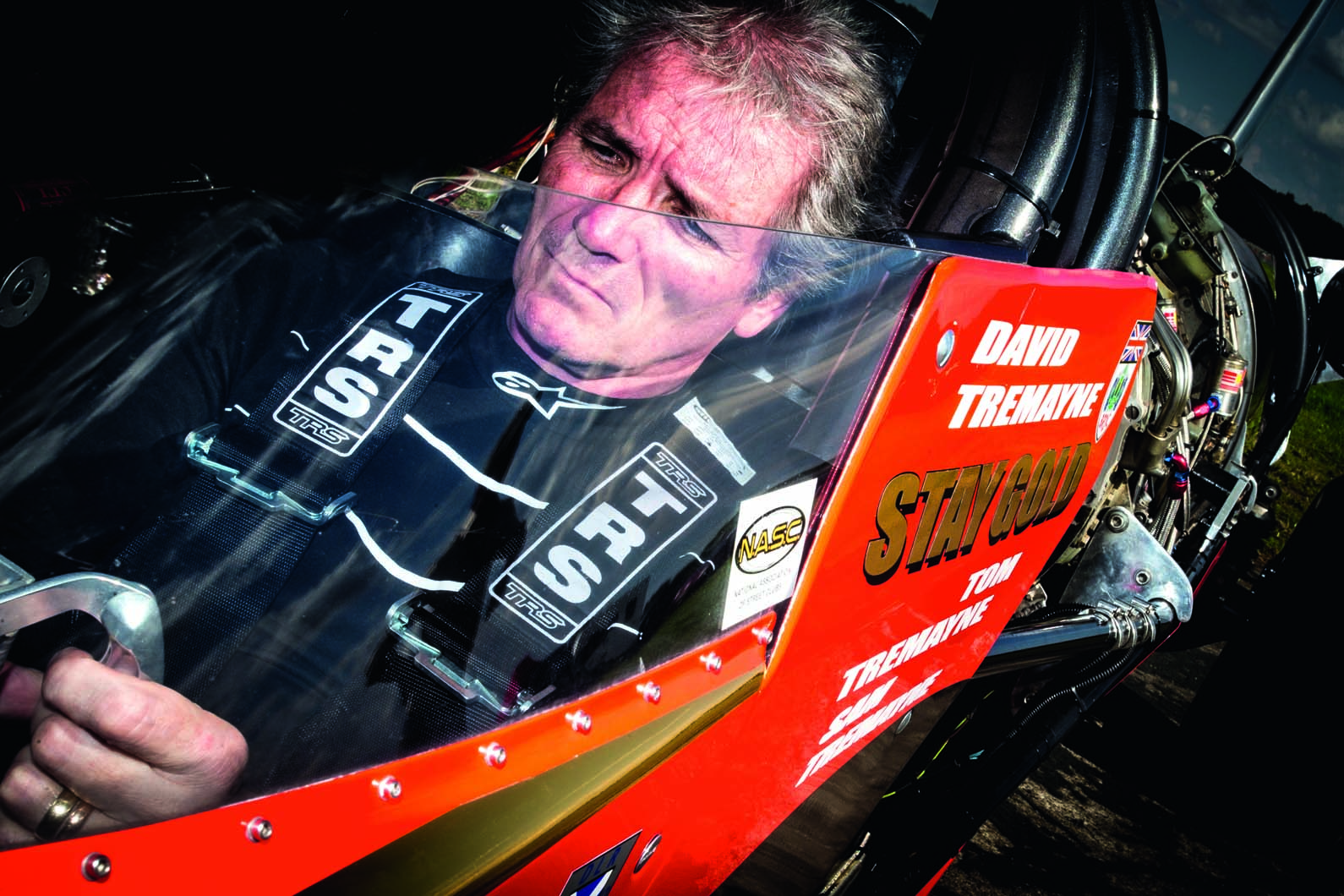
Half a century later, on 18 August 2017, Tremayne remembers that promise as he straps into his Team Duo Stay Gold gas turbine-powered car. He’s attempting to break the UK land speed record of 301.67mph. It is the culmination of years of struggle and planning, including searching for the right engine, the right car and enough funding. He’s backed by an equally dedicated nine-strong team that includes sons Tom and Sam, but money is always tight. “We’re a bunch of shoestring boys,” he laughs, “the absolute opposite end of the spectrum to Bloodhound SSC.”
With Stay Gold lined up on Elvington Airfield’s 3000-metre runway and the starter plugged in, the jet engine whirs, igniters crackle, the engine fires and Tremayne scans the instruments. The jet pipe temperature peaks at 1000deg C then settles to 650deg C, as it should. The engine idles at 40%, Tremayne’s left foot is on the dead man’s pedal and his right foot is hard on the brake. The fuel valve on the right of the cockpit is set to fully open and the throttle to closed.
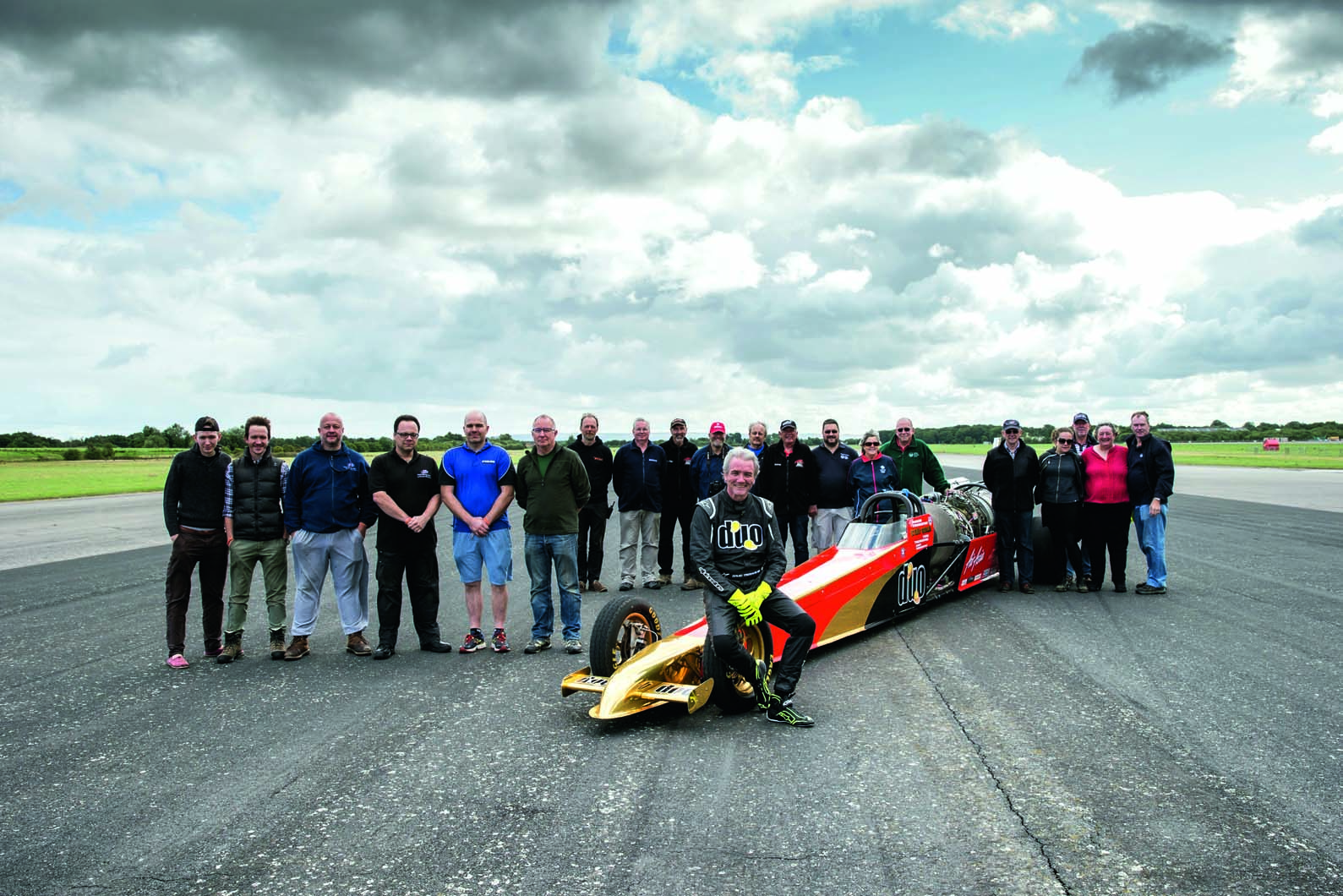


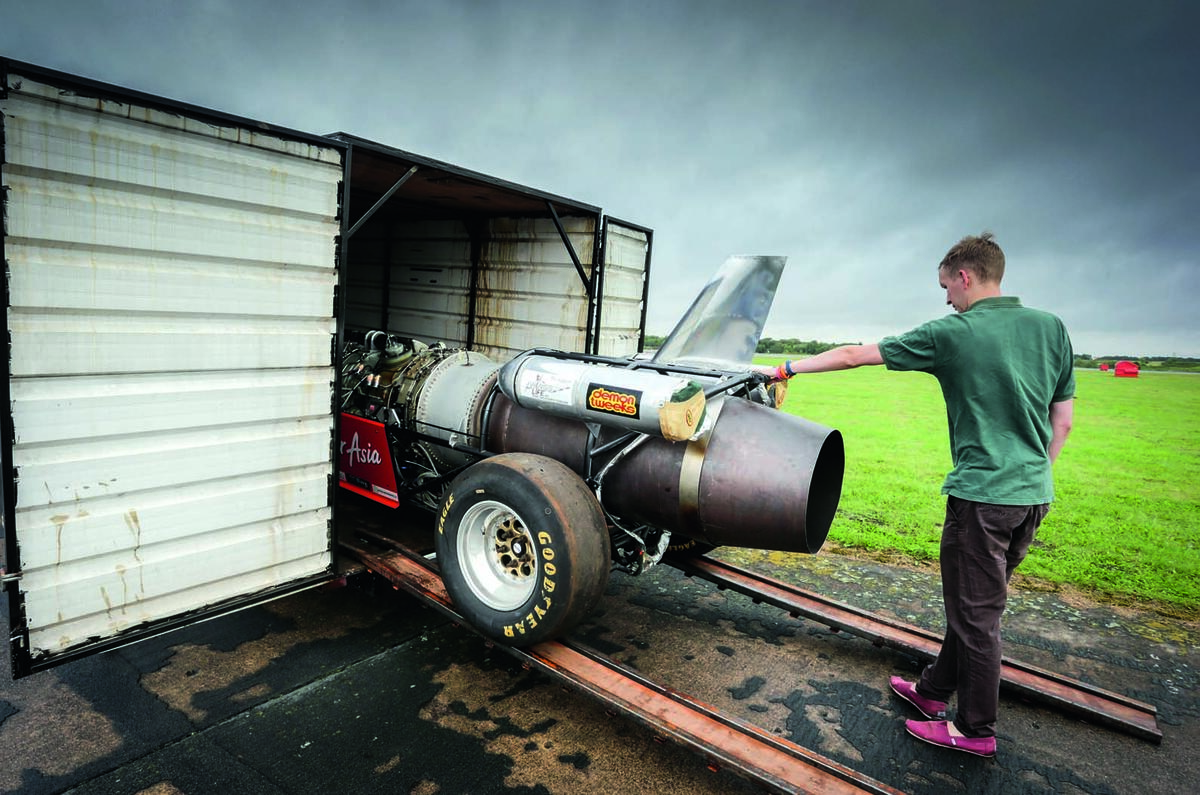














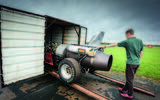















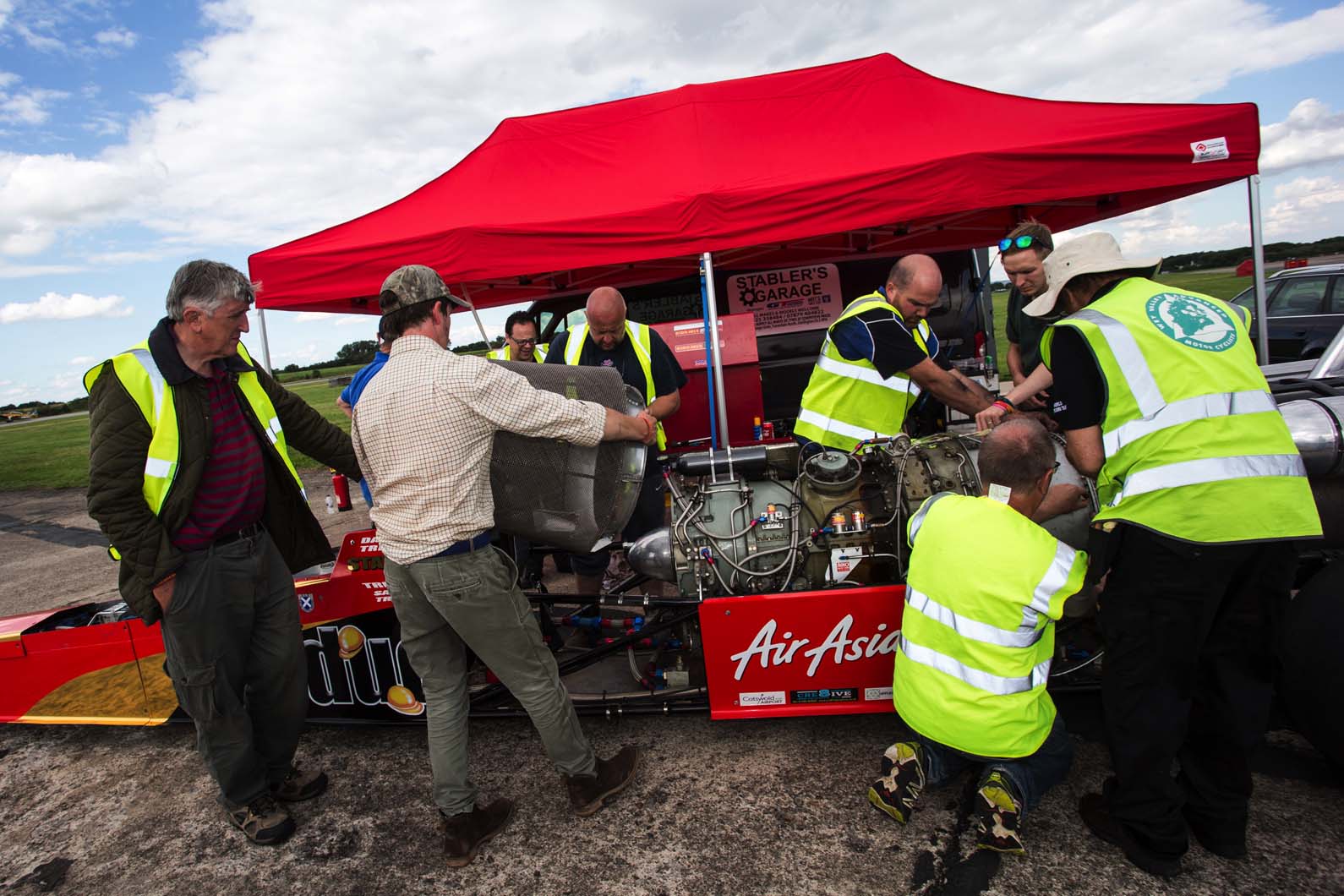
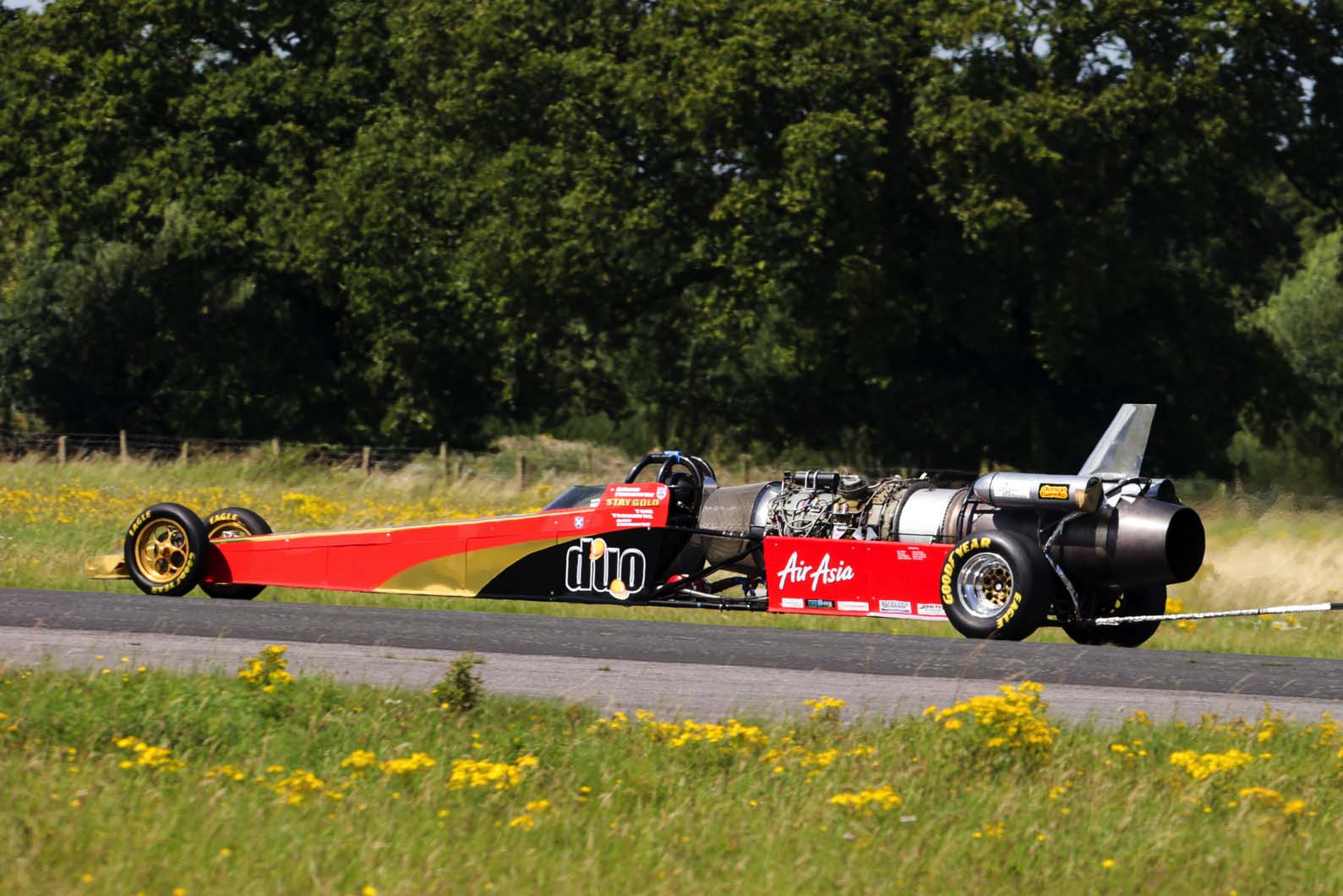
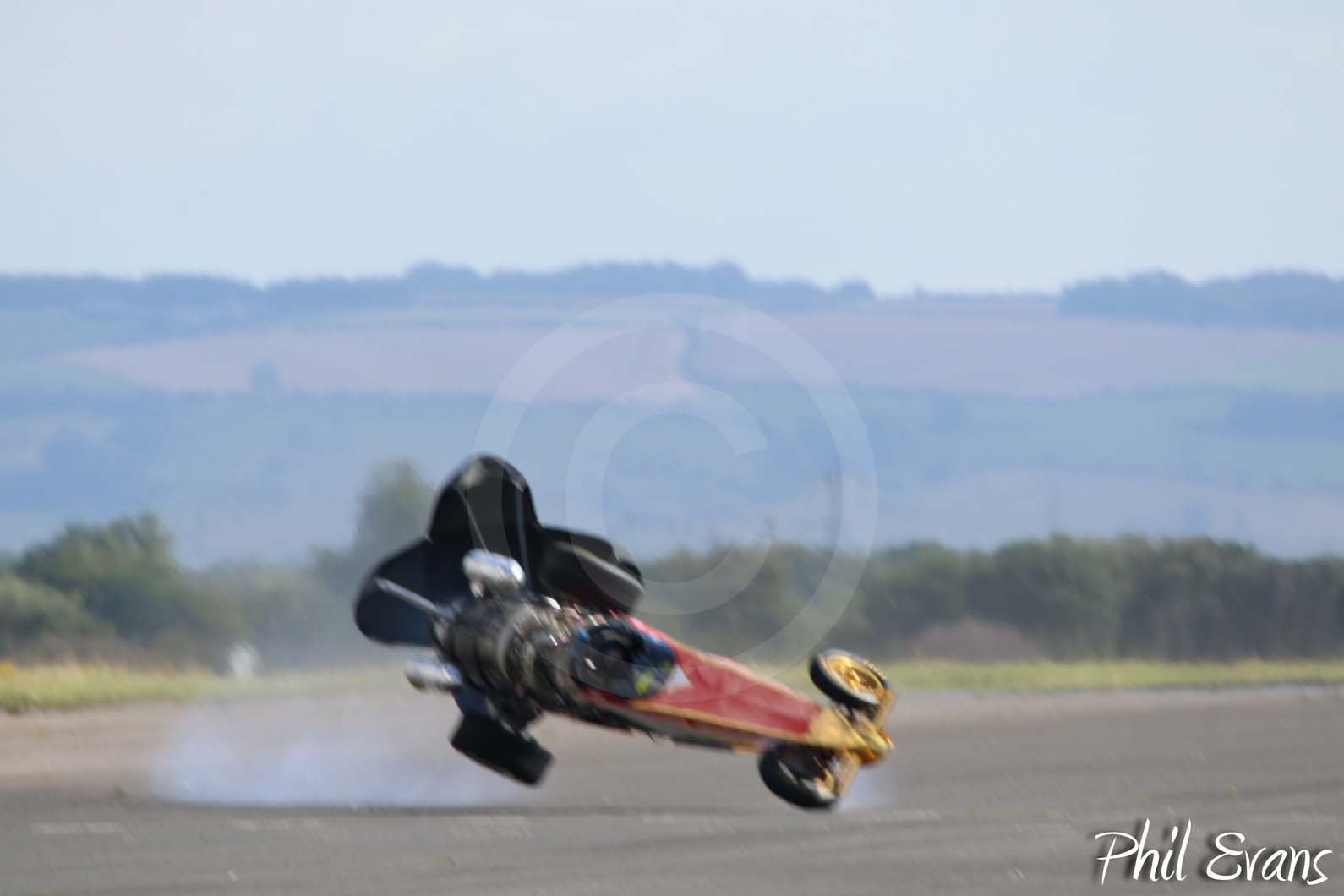
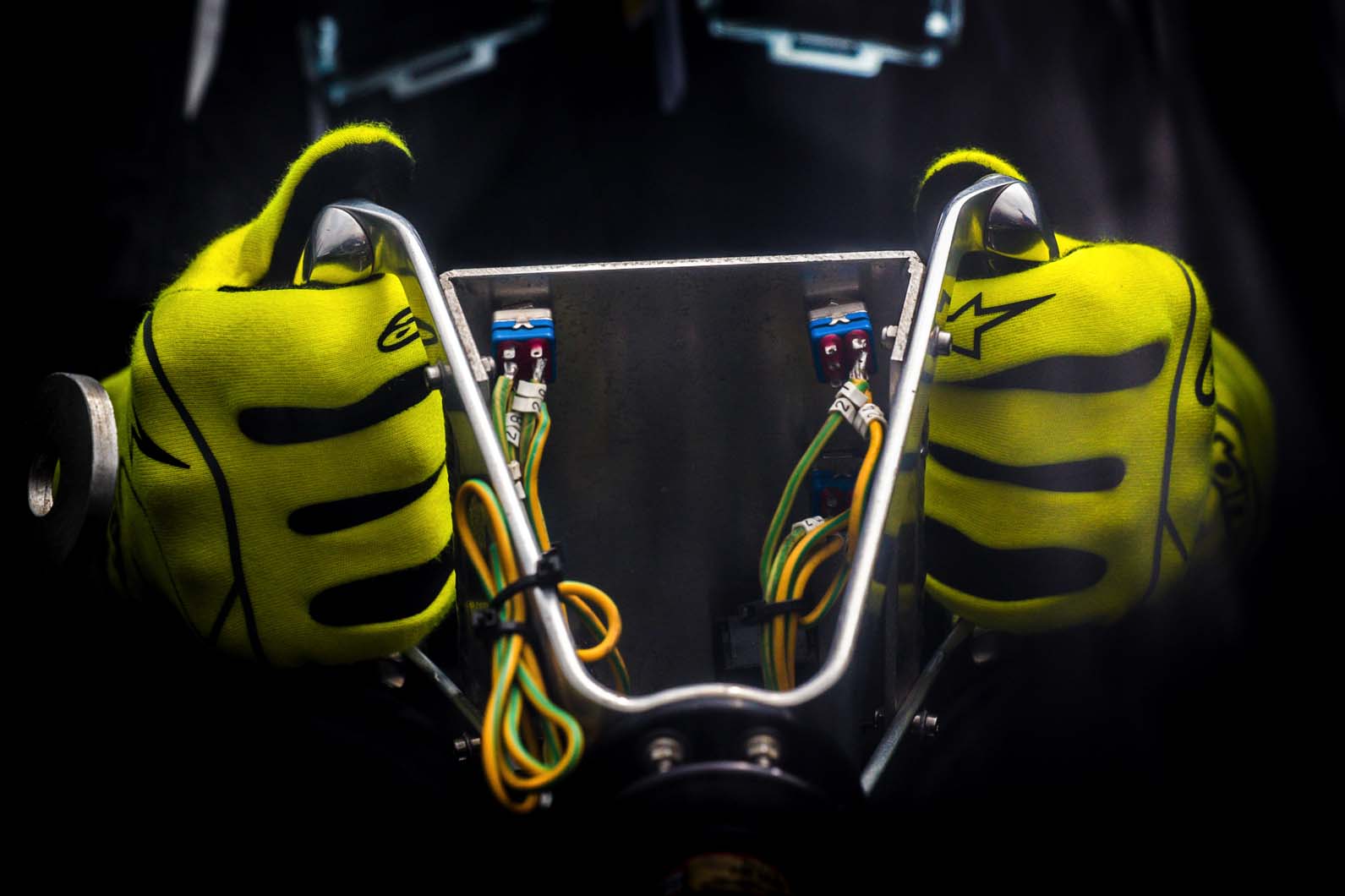


Join the debate
Add your comment
Brave effort
Judging from the picture, the article might well have been titled "How to (almost) break your neck".
funding speed
tell him to crowd fund it and i'll give him 20 quid he deserves it
Well done David!
Also seems a long time since the abortive Tony Fahey attempt! Long time ago eh?